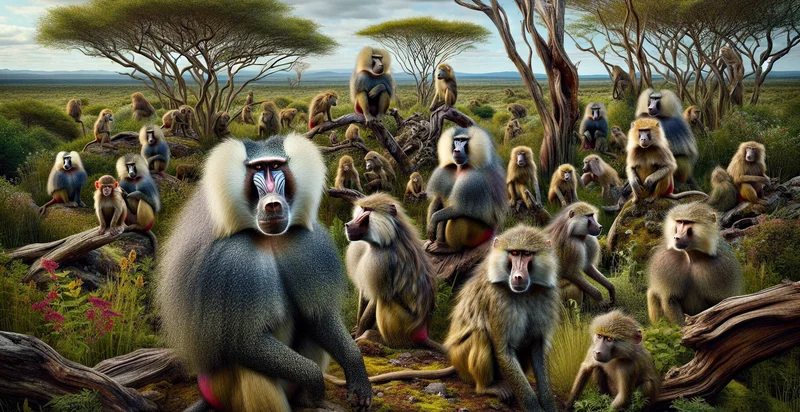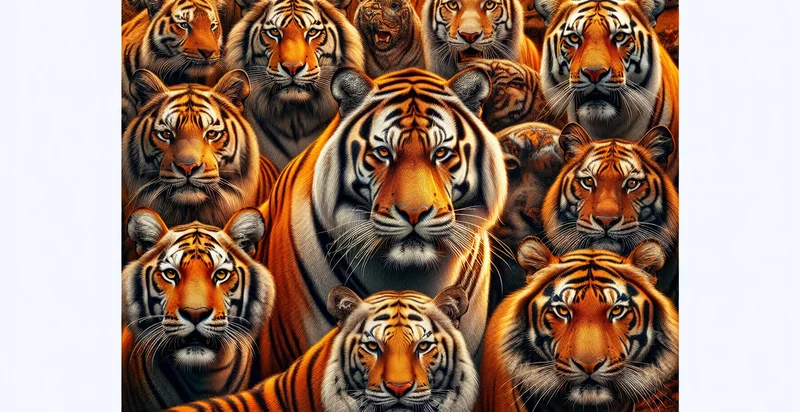Identify lemur species
using AI
Below is a free classifier to identify lemur species. Just upload your image, and our AI will predict which lemur species it is - in just seconds.

Contact us for API access
Or, use Nyckel to build highly-accurate custom classifiers in just minutes. No PhD required.
Get started
import nyckel
credentials = nyckel.Credentials("YOUR_CLIENT_ID", "YOUR_CLIENT_SECRET")
nyckel.invoke("lemur-species-identifier", "your_image_url", credentials)
fetch('https://www.nyckel.com/v1/functions/lemur-species-identifier/invoke', {
method: 'POST',
headers: {
'Authorization': 'Bearer ' + 'YOUR_BEARER_TOKEN',
'Content-Type': 'application/json',
},
body: JSON.stringify(
{"data": "your_image_url"}
)
})
.then(response => response.json())
.then(data => console.log(data));
curl -X POST \
-H "Content-Type: application/json" \
-H "Authorization: Bearer YOUR_BEARER_TOKEN" \
-d '{"data": "your_image_url"}' \
https://www.nyckel.com/v1/functions/lemur-species-identifier/invoke
How this classifier works
To start, upload your image. Our AI tool will then predict which lemur species it is.
This pretrained image model uses a Nyckel-created dataset and has 17 labels, including Ring-Tailed Lemur and Red Ruffed Lemur.
We'll also show a confidence score (the higher the number, the more confident the AI model is around which lemur species it is).
Whether you're just curious or building lemur species detection into your application, we hope our classifier proves helpful.
Related Classifiers
Need to identify lemur species at scale?
Get API or Zapier access to this classifier for free. It's perfect for:
- Wildlife Conservation: Conservation organizations could use this image classification function for identifying lemur species in captured images. This could support the tracking of their population and distribution, informing conservation strategies and efforts.
- Research Purposes: Researchers studying biodiversity and animal behavior could use this technology to identify the species of lemur in field images. This would allow for more efficient data gathering and classification, speeding up research processes.
- Educational Apps: This technology could be implemented in educational apps or platforms dedicated to teaching about different types of lemurs. Users could upload pictures they’ve taken of lemurs and the app would identify the specific species.
- Ecotourism: Tourist operators in areas like Madagascar could use the tool to quickly and easily identify lemur species for visiting tourists, enhancing the visitor experience and maintaining accuracy of information.
- Content Verification: For publishers like National Geographic or other wildlife magazines, this tool could be useful to verify the correct lemur species in submitted images, ensuring the correct information accompanies the image.
- Zoos and Wildlife Parks: This tool could be useful in zoos and wildlife parks to help staff quickly identify different lemur species, aiding in their proper care and management. It could also be used as an interactive tool to educate visitors.
- Animal Rescue and Rehabilitation Centers: Rescue centers receiving injured or displaced lemurs could use this function to quickly identify the species and therefore provide the appropriate care and rehabilitation.


